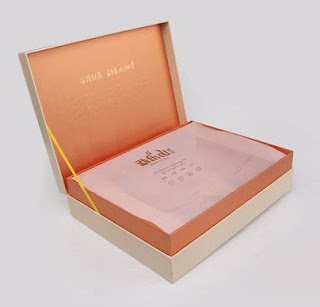There’s a household idiom in Chinese which goes as follows:
About 2,300 years ago, a jewelry dealer from Chu state (of the ancient China) traded pearls in Zheng state. One day, he had a very precious pearl.
In order to sell it at a premium price, he decided to make a fancy box for it. He had a top carpenter make an exquisite box with rare wood, then employ a top craftsman to carve delicate patterns top and elaborately decorate it with superior perfume and gem stones. The dealer then put the pearl in and was confident of the packaging.
A person from Zheng State was deeply enamored by the pretty case and bought it for a high price after some bargaining.This Chinese idiom is used to satirize people who are bewitched by the gorgeous appearance and give up the precious essence, and also used more broadly to mean lacking judgement and making false choices.
But the story didn’t end here as usual!
To his surprise, the buyer soon returned with the case and pearl. The dealer was literally a little frustrated and expected he would think again. But to his astonishment, the buyer took the pearl out, gave it back to the dealer and left with the glittering box only!
In reality, few would go to extremes like the character in the story, perhaps. But when it comes to packaging, it does render us a bit of deja vu, especially with some health products in China. Some products are not as valuable as its packaging and that’s not exaggerating.
However, the importance of packaging should by no means be down played, either to sellers or buyers. Aside from protecting the products inside, a good packaging go a long way in terms of communicating product and brand values between the two parties.
Then, at the spectrum of packaging from simple to excessive, where’s the right point? Maybe there are a thousand hamlets in a thousand people’s eyes.
1. As a buyer/consumer, to what extent will you buy in a fancy packaging?
2. If you’re a marketer, how will you balance between luxury and simplicity of packaging?





